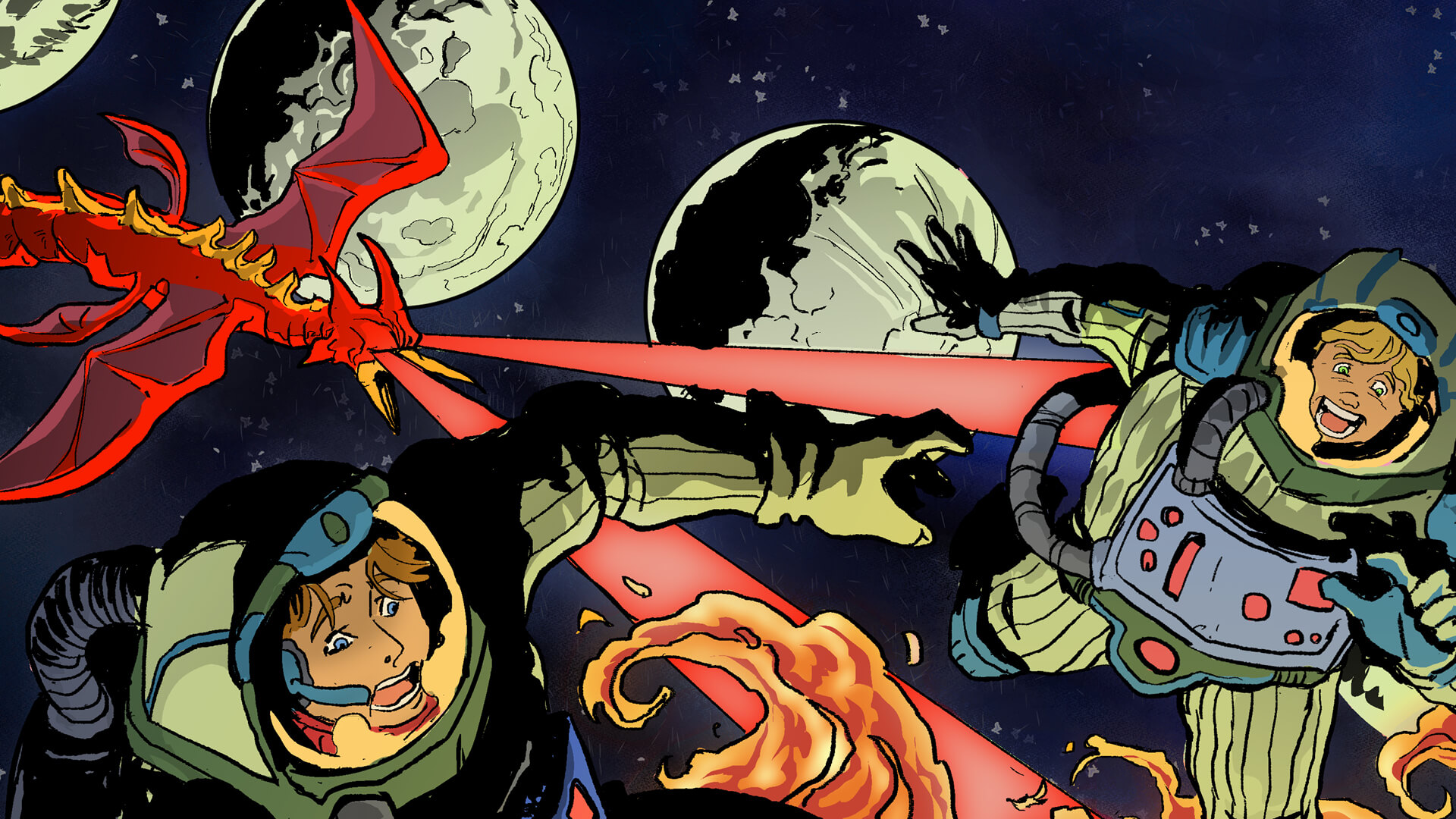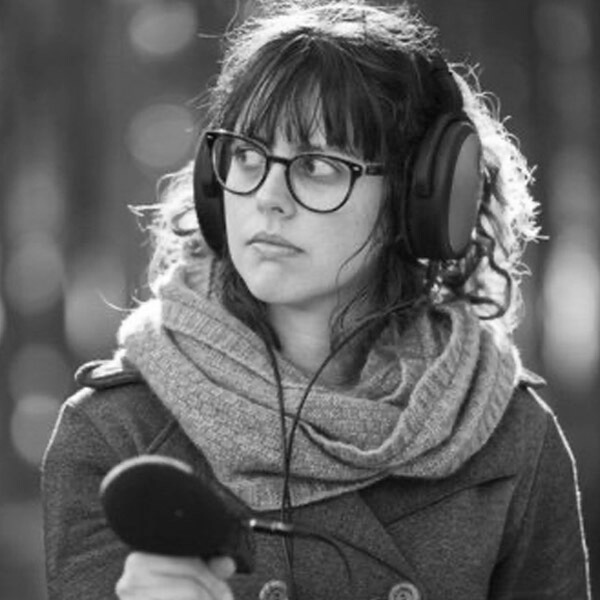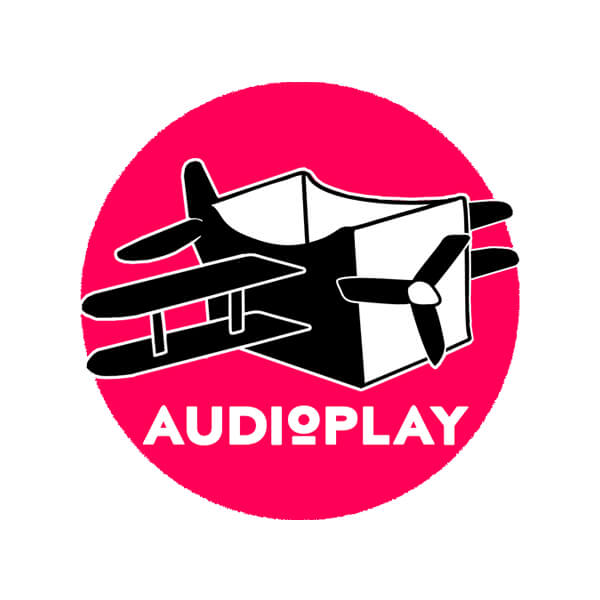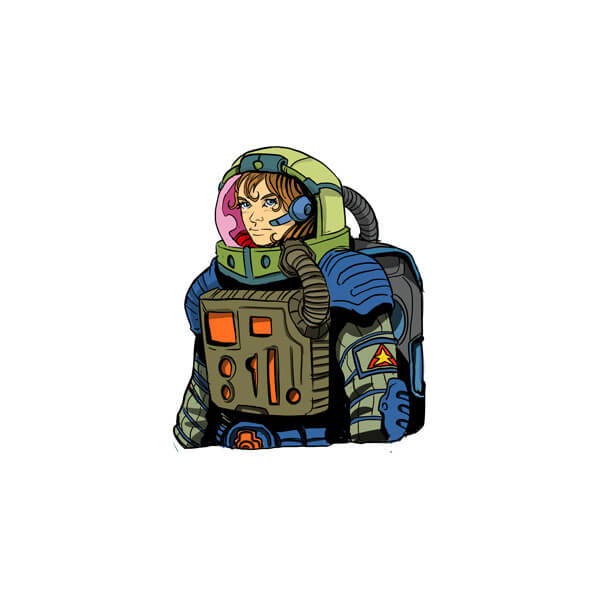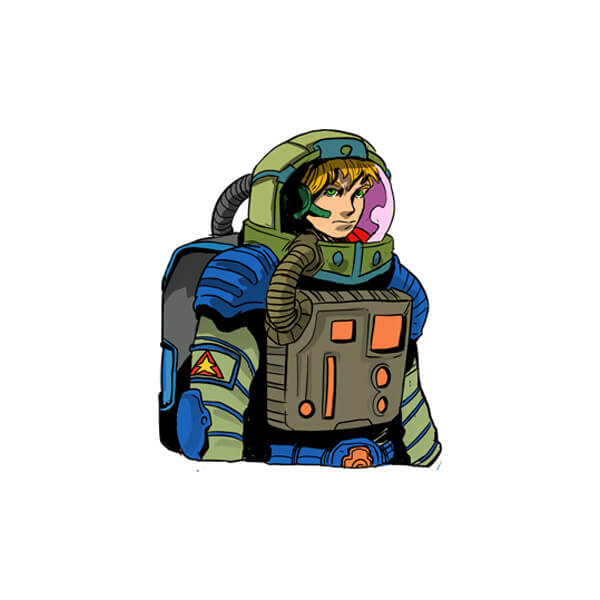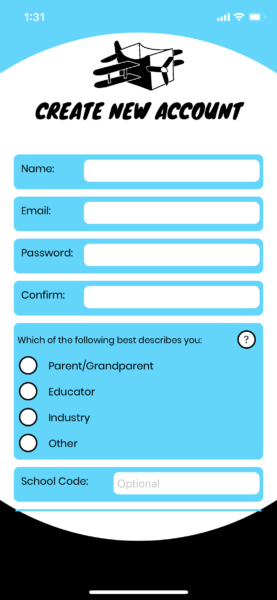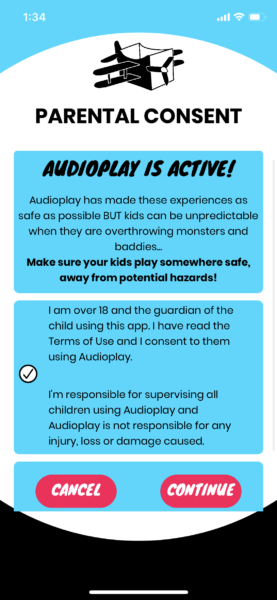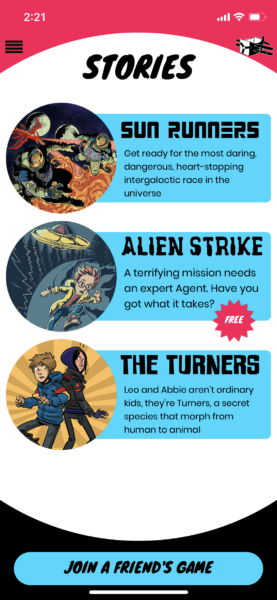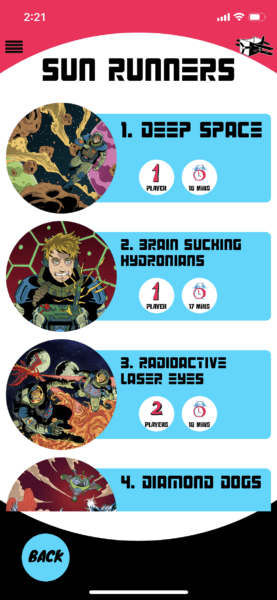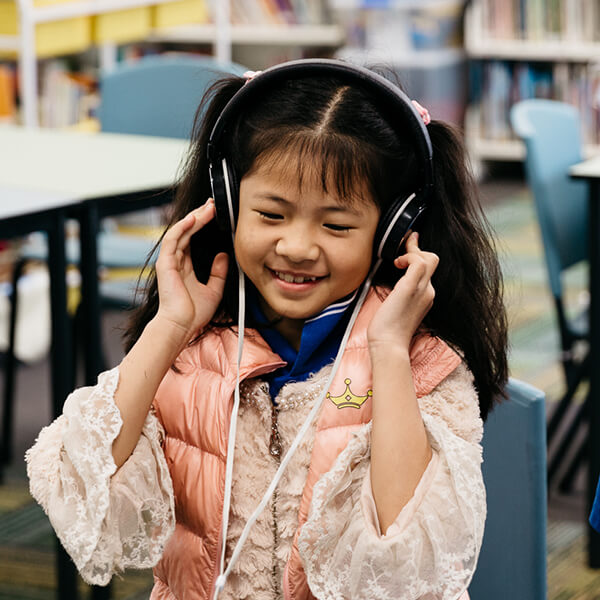Task #2: Exploring & Responsding
Character and Actor
What you’ll need: Computers or other recording devices, possibly paper and pens.
Activity: Students respond to Sun Runners from a character AND actor perspective, focussing on either Olli or Gamma. Have a conversation about the roles the students played – they were a mix of character, actor and audience! Were there moments when these roles were discrete? Or did they always blend? What did the artistic team do to place the students in these roles?
Students are going to record an audio or video diary, focussing on one of the characters. They can ‘perform’ the diary in character and costume can be used. When they talk about acting and audience, they may choose to drop character.
They must answer the following questions:
- Name a moment in the experience where you felt like you were in character.
- How about a moment when you were aware of your role as the actor?
- What about a moment where you felt like the audience?
- Can you explain why you felt these shift? There is no right or wrong answer here as each person will have a different experience.
Character
Olli:
- Think about the dangerous moments you found yourself in as you were playing Olli. Describe the feelings you had during these moments. For example, how did you feel when you heard the Diamond Dogs scratching outside the cave?
- Did you have any moments when your thinking was that of the character? Maybe in predicting what might happen next? For example, what did you think would happen to you after you were taken over by an Alien?
Gamma:
- Think about the dangerous moments you found yourself in as you were playing Gamma. Describe the feelings you had during these moments. For example, how did you feel when you made your treacherous journey to the freezer?
- What skills did you have that helped you to reconnect to Olli? And did you feel like these were coming from you, as Gamma?
Actor & Audience
- Describe the most exciting moments from the series. What made them so?
- Describe how the recorded voice (volume, pace, intonation, and pitch) was used to engage you. Did you feel like it became your voice?
- Describe how sound effects and music were used to immerse you in the world of Sun Runners. Make sure you give solid examples of the moment and how it impacted you.
- Did you enjoy being active within the story? Or would you rather be an audience member just spectating? Why?
- Do you think you follow the story more closely when you are ‘in’ the story as opposed to just being a straight audience member or is there no difference for you? Why or why not?
Options from here can include –
- An ‘Olli’ diary can be shared with a ‘Gamma’ diary.
- All the Olli’s or Gamma’s can get together, identifying similarities and differences in their responses
- A few diaries can be shared with the whole class.
- In pairs, the diaries could be used to make a prediction about what happens to Olli and Gamma next. This could lead to a creative writing or scene work response.
Content Description: AC9ADR8E01
Task #3: Creating & Making
Understanding and making Digital Theatre
What you’ll need: Computers and/or recording devices, editing program, butcher’s paper, sticky notes, markers.
Activity:
Unpacking Digital Theatre
Ask students the following question: What elements have Audioplay and Windmill used to create Sun Runners? (e.g., Plot, character, relationship, tension, setting, dialogue, monologue, SFX, music, audience interaction etc.)
- Use these as headings on butcher’s paper and place them around the room.
- Using sticky notes or writing directly onto the butcher’s paper, students identify examples from the episodes where these conventions are used effectively.
- Teacher invites students to read the responses of others.
- Ask students what the best moments were for them and why? Maybe highlight them and add information about why these moments work so well.
Making Digital Theatre
Using this knowledge, students can now create their own piece of Digital Theatre.
In pairs, students devise their own 2–3-minute parallel episode of Sun Runners using these conventions. This will be the story of two different characters who are also a navigator and pilot duo participating in the Sun Run.
Students develop and plan their story by working out their setting/s, characters, relationships, dialogue, and use of tension. How will they incorporate the following?
- Voice (loudness/softness, use of contrast through control of pace, pitch, dynamics, pause and silence)
- Shape shifting props
- Sound effects and music
- The classroom space to engage their actor/audience.
Once the planning is complete, the students can test their idea on another group by performing the ideas live. Groups feed-back to each other considering what worked well, what needed to be clearer, did the listeners know what to do and have enough to do, how it could be improved and so on.
Presenting and responding to Digital Theatre
Students now record their work, using their computers or other recording devices. The work can be recorded in one take if necessary or editing programs such as Adobe Audition can be used, recording a section at a time and layering sound and music into the narrative.
Responding the Digital Theatre
Using headphones and an audio track created by another group, students listen and experience a new episode. Ask them to consider the manipulation of the conventions of digital theatre and voice to create dramatic meaning, mood, and atmosphere.
Individually or in pairs, students write a response to the experience answering the following questions –
- How did the creators develop my empathy for the character I was playing?
- How did the creators use their voices to heighten tension and engage me in the drama?
- Evaluate how successfully the creators developed a clear narrative?
- How were space and props used to convey dramatic meaning?
These responses can be shared with the creators of the episode.
Content Description: AC9ADR8C01
